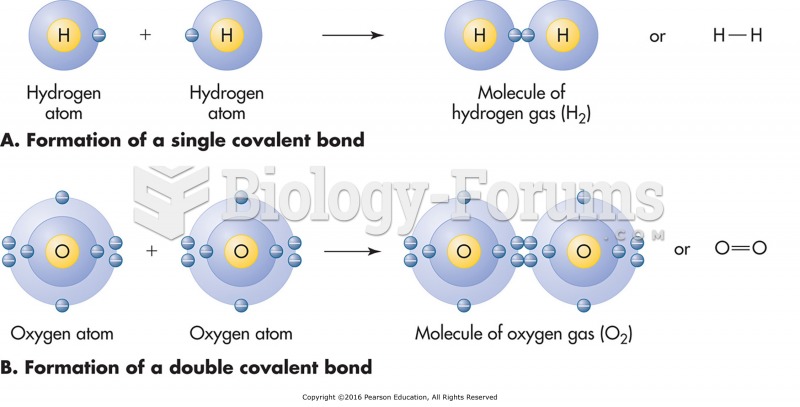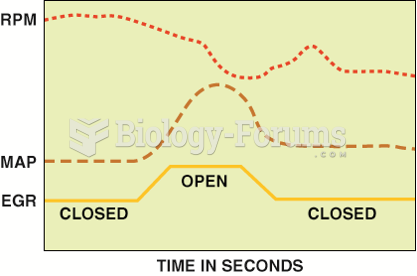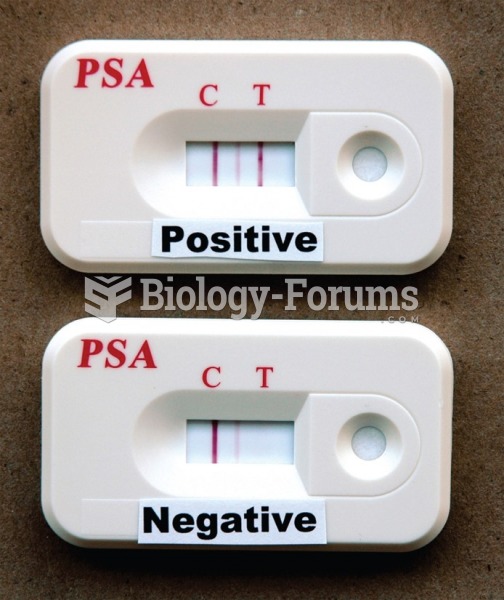Answer to Question 1
BUN and creatinine: Elevated because of the renal failure.
Glucose: Elevated in response to the release of stress hormones, particularly catecholamines.
Remember that these were drawn on admission, before the TPN was started.
Hct and Hgb: Decreased secondary to renal failure (see previous results) and bleeding into skin and
other organs. Low Hct/Hgb are also seen with infectious endocarditis and possibly are caused by
anemia of chronic illness.
Because TPN is given intravenously and continuously, the pancreas is not stimulated to produce
insulin as it is with oral nutritional intake. Therefore, glucose has to be monitored to guide the
administration of supplemental insulin. With 24-hour TPN, fasting blood glucose levels are not
appropriate; usual practice is to check blood glucose levels at the bedside every 6 hours. Some
facilities calculate insulin to be given on a sliding scale basis to cover elevated blood glucose levels;
some facilities begin insulin drips based on the patient's glucose levels.
Answer to Question 2
Cerebral embolization manifesting with changes in level of consciousness (LOC), visual changes,
headache, transient ischemic attacks (TIAs), and stroke
Embolization to the extremities manifesting with decreased absent arterial pulses, cool fingers and
toes with delayed capillary refill, and cyanosis
Coronary artery embolization manifesting with signs of angina, MI, heart failure (HF), or cardiac
dysrhythmias
Embolization to the bowel manifesting with abdominal pain, cramping, and N/V
Positive blood cultures: These are the prime diagnostic test result, even though definitive results
might take a few weeks to obtain if the organisms are slow growing.
Cardiac murmurs: Turbulent blood flow through the damaged valves produces murmurs. In J.F.'s
case, the holosystolic murmur is caused by blood being forced through the stenotic aortic
valve during systole, and the diastolic murmur by backflow of blood from the aorta into the left
ventricle through the incompetent aortic valve during diastole (aortic regurgitation). The best
way to evaluate these murmurs is through cardiac echocardiographythe transesophageal
echocardiogram.
Fever: Inflammatory mediators, released in response to the infectious organisms, produce fever.







